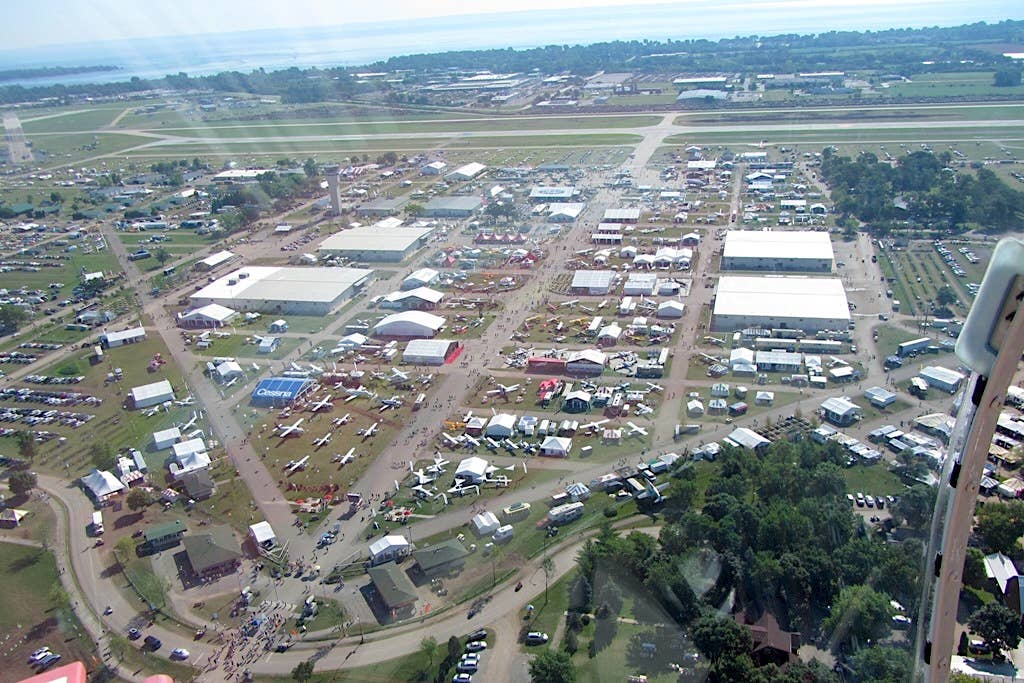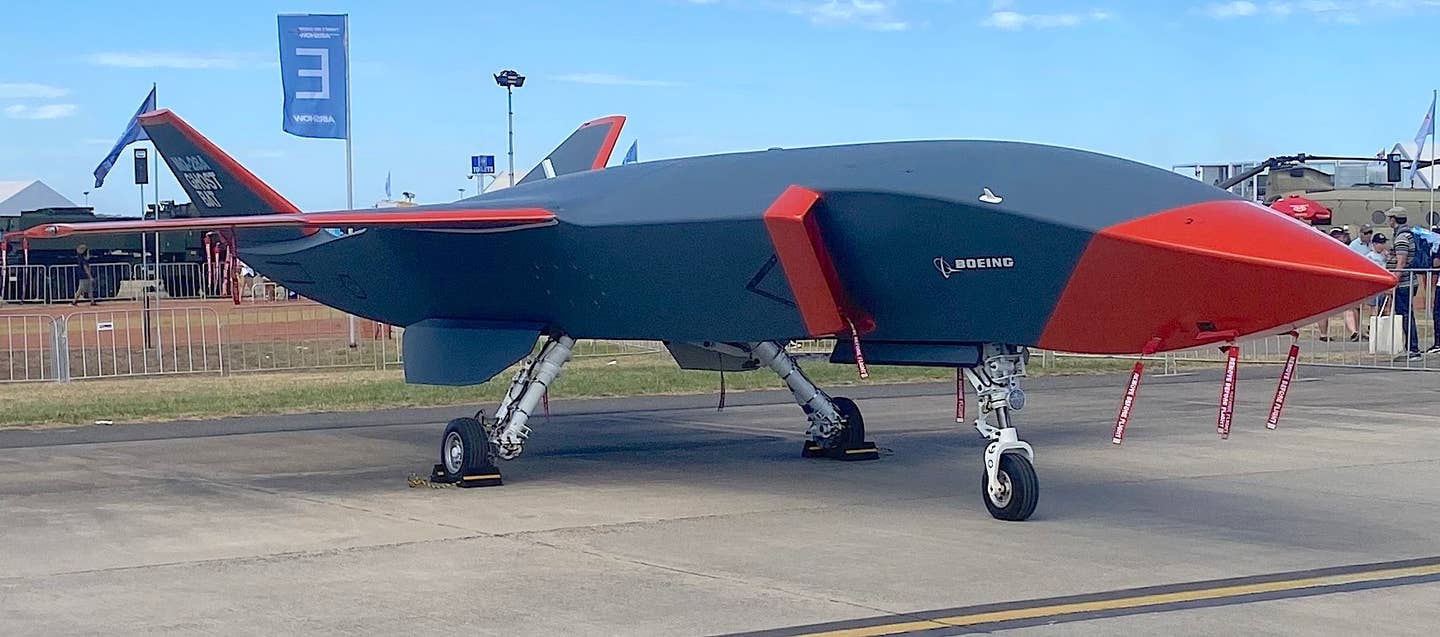First Engine, Then Parachute Failed In Cirrus Incident
A Cirrus SR22 pilot’s really bad day ended with a relatively safe emergency landing on a dirt road after first the engine, then the emergency parachute failed according to an…

A Cirrus SR22 pilot's really bad day ended with a relatively safe emergency landing on a dirt road after first the engine, then the emergency parachute failed according to an NTSB report. The pilot took off from Tucson, Arizona, on the afternoon of March 28, 2021, and told investigators all was normal until he reached 10,000 feet when the engine stopped making power and started shuddering.
He initially thought he could make it to Marana Airport but the engine kept windmilling after shutdown and that ended the airport bid. ATC gave him vectors for a nearby glider port but at 2,000 feet, he did what the POH advises and pulled the handle for the Cirrus Airframe Parachute System (CAPS). Then he pulled it a couple of more times. By then he'd lost the altitude he needed to make the glider strip so he aimed for the road. A wing caught bushes on the side of the road and spun the plane around, heavily damaging the wing and fuselage.
The NTSB said the inspection of the engine revealed the No. 2 bearing had spun and blocked the flow of oil and led to the engine's destruction. The damage was too severe to determine what caused the bearing to spin. As for the parachute, the firing sequence was initiated but "undetermined inconsistencies" in the primer material caused it to fail to ignite the chute's rocket. Cirrus subsequently issued service bulletins that led to the replacement of firing mechanisms in the chutes of 347 piston aircraft and 26 SF50 Vision Jets.






